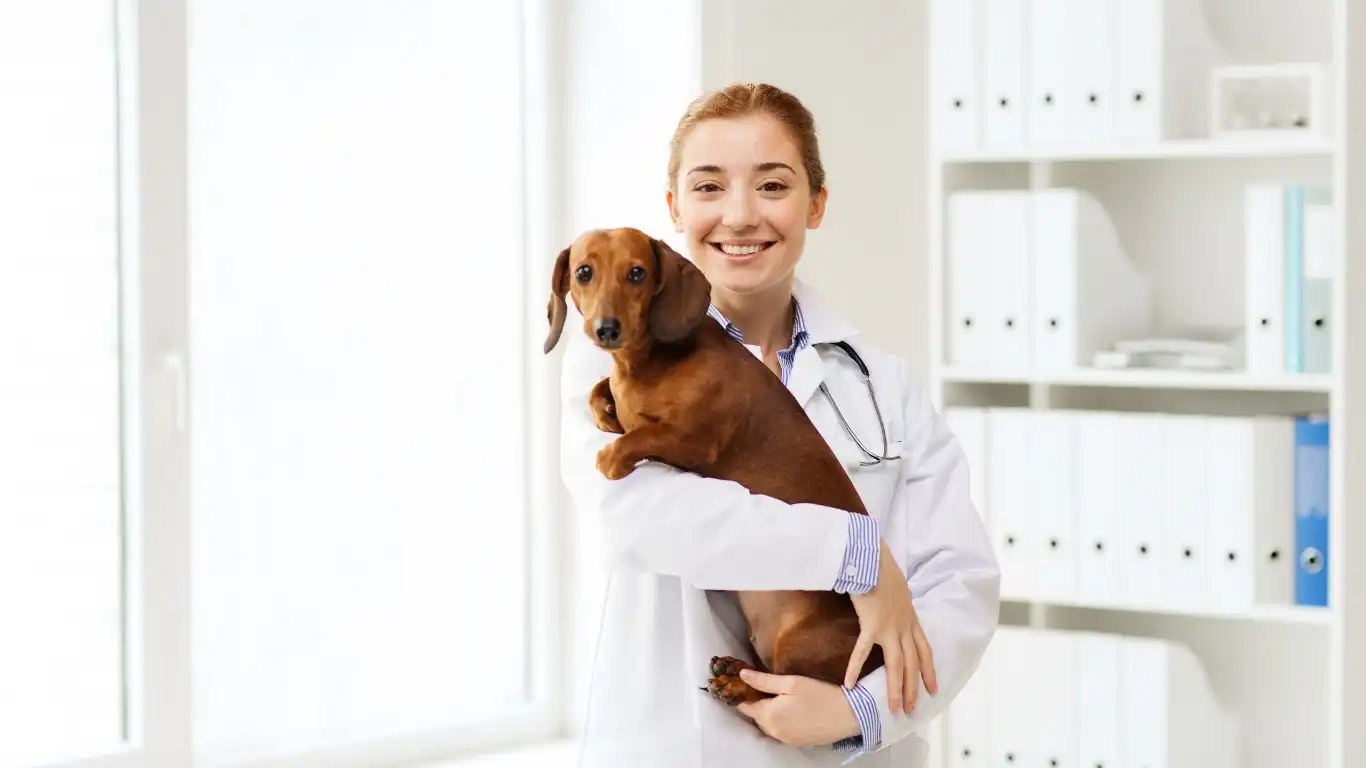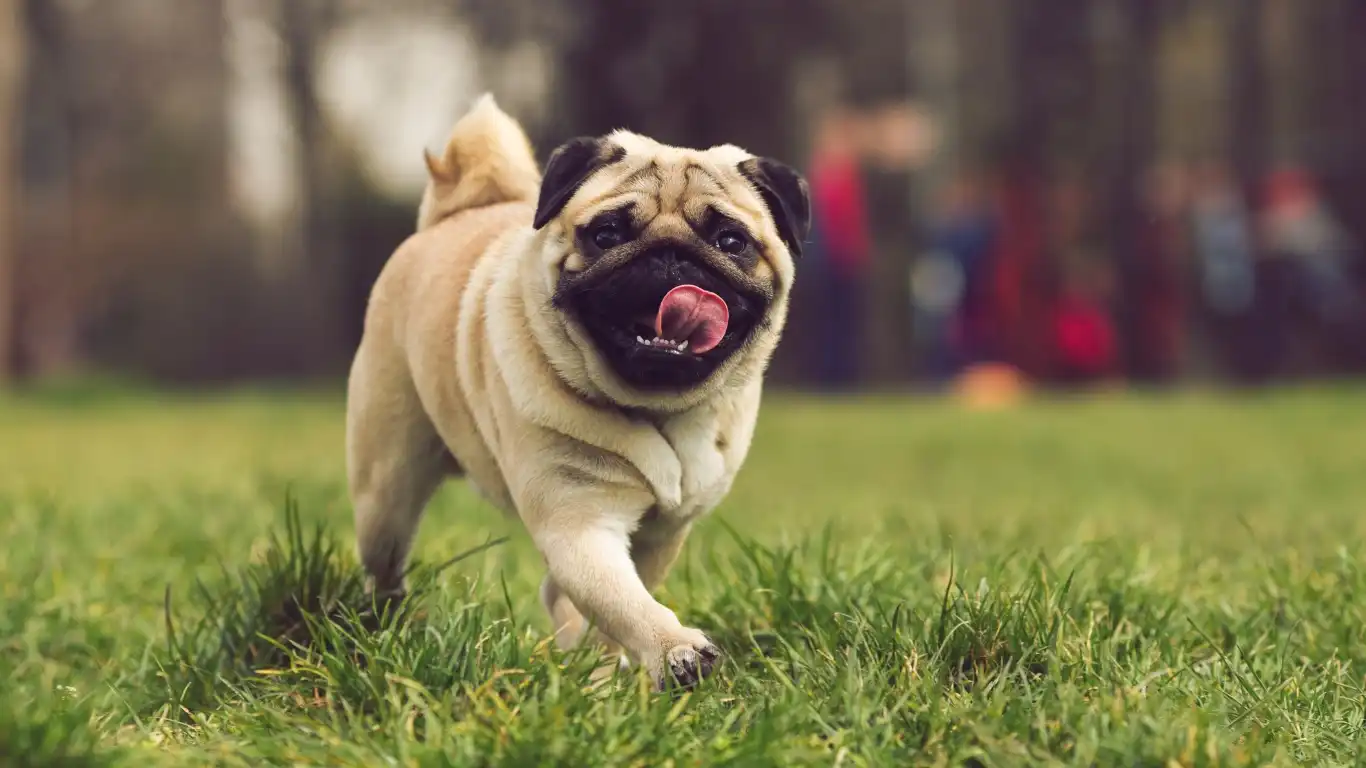Prevent Dog Diarrhea Fast: Avoid These Sudden Diet Change Mistakes
Let’s talk about a topic that pops up way more than it should—how to prevent dog diarrhea from sudden diet changes. If you’re a pet parent who’s ever decided to switch your dog’s food cold turkey (hey, I get it—sometimes you just run out of the usual brand), you probably know the mess that can follow. As someone who’s worked for years as a Veterinary Technician and Nutrition Specialist, I’ve seen more poop-related emergencies than I can count. From well-meaning dog moms mixing up raw diets to pups who sneak a new kibble from a buddy’s bowl at the park, one wrong move can send their gut into total chaos.
Why Sudden Diet Changes Wreak Havoc on Your Dog’s Gut

Dogs aren’t built like us when it comes to digestion. Their stomachs are sensitive, and unlike humans, they don’t adapt quickly to new foods. One big thing I explain to clients: your dog’s gut bacteria (aka the gut microbiome) is used to breaking down the ingredients in their current diet. When you switch it up out of nowhere, their system basically freaks out. Suddenly, they’ve got new proteins, new fibers, maybe more fat or starch—and the gut’s like, “Whoa, what is this?” That’s when diarrhea happens.
From my hands-on experience at the clinic, I can’t tell you how many dogs come in just because a pet parent switched from grain-free to grain-inclusive, or added a “healthy” wet food topper. It doesn’t even take something unhealthy—just different.
What Happens in Their Belly During a Sudden Food Switch
Here’s what’s actually happening inside your pup:
- Disrupted gut flora: The bacteria that help with digestion go off balance. This leads to loose stools, gas, and in some cases, vomiting.
- Inflammation of the GI tract: New ingredients can trigger inflammation, especially if your dog is sensitive or allergic to them.
- Overload of fat or protein: Many premium or raw diets are richer than standard kibble. Too much too fast = tummy troubles.
And here’s the kicker: even if the new food is super high quality, switching too fast can still cause these problems.
How to Prevent Dog Diarrhea From Sudden Diet Changes

Alright, now onto the good stuff—how to prevent dog diarrhea from sudden diet changes (because prevention is way less messy than dealing with the aftermath). One of the most effective tricks I share with pet owners during consultations is the “slow and steady wins the race” method. It’s basic but gold.
Follow the 7-Day Transition Rule
Start by mixing the new food with the old one, gradually increasing the amount of new food over a week:
- Day 1-2: 75% old food, 25% new
- Day 3-4: 50% old, 50% new
- Day 5-6: 25% old, 75% new
- Day 7: 100% new food
And don’t stress if it takes longer. Some dogs, especially those with sensitive tummies or a history of GI upset, need 10-14 days. I’ve even stretched transitions out over 3 weeks for some of my more delicate patients.
Use a Digestive Aid or Probiotic
One thing that helped a lot of my patients—and I use this trick with my own pups at home—is adding a probiotic during the switch. Think of it as backup for their gut. You can go with vet-approved options like FortiFlora, or even a plain unsweetened pumpkin puree (yup, that orange stuff in the can) which adds fiber and helps regulate digestion.
Watch for Sneaky Ingredient Changes
Here’s something I see people overlook all the time: not all “chicken” recipes are created equal. Switching from one chicken kibble to another can still upset the gut if the formulas are different enough. Read labels closely. Look for differences in fiber, protein levels, fat content, and additives. Just because it says “grain-free” or “limited ingredient” doesn’t mean it’s the same.
Keep Treats Consistent
This one’s huge and gets ignored so often. While transitioning foods, don’t introduce new treats or chews. I had a client once who swore the new kibble was giving their pup diarrhea. Turned out, they were also handing out duck jerky, yogurt bites, and a new CBD chew all in the same week. Poor guy didn’t stand a chance.
How to Tell If It’s More Than Just a Food Switch

Okay, now here’s where experience in the vet field really helps. Diarrhea isn’t always from a food change, and it’s important to know the red flags that tell you it’s something more serious:
- Blood in the stool (bright red or tar-like)
- Vomiting alongside diarrhea
- Lethargy or signs of pain (arched back, whining, hiding)
- Diarrhea lasting more than 3-4 days even with dietary correction
If you see any of those symptoms, stop the food switch and call your vet. In the clinic, we’ve caught everything from parasites to pancreatitis in dogs whose only “issue” seemed to be diet-related diarrhea. Better safe than sorry!
Common Mistakes Dog Owners Make During a Diet Change

Now that we’ve laid down the basics of how to prevent dog diarrhea from sudden diet changes, let’s get into some of the mistakes I see all the time—no judgment here, I’ve been guilty of a couple myself back in the day. These are super common, but also super easy to avoid once you know better.
Switching Foods Just Because of Hype
Okay, this one’s huge. There’s always a new “miracle” food trending—whether it’s raw, air-dried, freeze-dried, ancestral, limited ingredient, whatever. And while some of these can be awesome options, switching just because it’s the cool new thing is risky. I’ve had so many clients come in saying, “I heard grain-free is better,” or “My friend’s dog is doing amazing on salmon and pumpkin,” so they swap diets overnight without thinking if it’s right for their own dog.
Newsflash: just because it works for one dog doesn’t mean it’ll work for yours. That’s like me deciding to live off sushi because my coworker feels great eating it daily—meanwhile I’d be running for the bathroom every hour (not cute). Always assess your dog’s unique needs, sensitivities, and history before jumping into a new food trend.
Not Taking Age, Breed, or Health Conditions Into Account
This one breaks my heart sometimes. I had a senior Golden Retriever come in recently with chronic soft stools. Turned out his owner had switched him to a high-protein puppy formula because it was on sale. Oof. Puppies and seniors have completely different digestive needs. Same goes for small vs. large breeds. And if your dog has underlying issues like pancreatitis or IBD? That switch could trigger a full-blown flare-up.
If you’re not sure what your dog should be eating based on their stage of life or health, ask your vet—or someone like me who’s trained in veterinary nutrition. It’s not just about what’s “healthy,” it’s about what’s healthy for your dog.
Foods to Avoid During Diet Transitions

Let’s talk danger zone. I’ve seen more diet transitions go sideways because someone added “a little something extra” to make the food more appealing. I get it—some dogs turn their nose up at new food. But resist the urge to toss in bacon grease or bits of last night’s chicken alfredo. These additions can sabotage the transition and trigger digestive issues.
Here are some foods to steer clear of during a switch:
- Fatty leftovers (think: steak trimmings, burger grease)
- Dairy products like cheese or milk—many dogs are lactose intolerant
- Spicy or seasoned foods
- Raw meats unless you’re already on a balanced raw plan and transitioning properly
Stick to simple. Bland is your friend during this time. If you need to boost palatability, a splash of warm water, a spoon of plain canned pumpkin, or a little low-sodium bone broth can work wonders without upsetting their stomach.
Signs the New Food Isn’t Working Out

Sometimes even with the best plan, the new diet just doesn’t agree with your dog. That doesn’t mean you’ve failed—it just means their system isn’t vibing with the ingredients. Here are a few signs to watch out for:
- Chronic soft or unformed stools beyond the transition period
- Frequent gassiness (like clear-the-room level)
- Vomiting more than once or twice
- Excessive itching or licking, which can mean an allergy
- Sudden drop in appetite that doesn’t bounce back after a few days
Pro tip from the trenches: keep a little food journal during any diet change. Just jot down what you fed, when you fed it, and any reactions. This makes it easier to pinpoint the issue if things go off track. I’ve had clients discover sneaky food allergies this way, or realize their dog was reacting to a specific protein source.
When to Get Your Vet Involved
If your dog’s diarrhea isn’t clearing up within a few days, or you’re seeing any of those red flag symptoms, loop in your vet. Better to catch an issue early than wait for it to snowball. And don’t feel bad—this stuff is tricky, even for pros. I’ve had to troubleshoot with vets myself when one of my own dogs started reacting to a diet I swore by. It happens.
Plus, your vet can help rule out other causes like parasites, infections, or even stress-related GI issues. I’ve seen dogs get the runs just from moving to a new house or having a baby in the family. Life changes affect them too!
Supportive Foods That Can Help Ease the Transition
Okay, let’s end this chunk on a positive note: some foods can actually help smooth the transition process. These are my go-to sidekicks when a dog’s stomach needs a little extra love:
- Plain canned pumpkin – great fiber, helps bulk up stools
- Boiled chicken and white rice – bland but easy to digest
- Probiotic supplements – builds healthy gut bacteria
- Psyllium husk – just a pinch for extra fiber support
- Bone broth – adds flavor, hydration, and gut-soothing nutrients
Bonus tip: If you’re feeding kibble and want to boost hydration (and keep digestion happy), soaking it in warm water or low-sodium broth can help. Some picky eaters even prefer it this way.
We’ll get into more advanced troubleshooting and special case scenarios next. But for now, keep these fundamentals in your back pocket. A little prep goes a long way in keeping your dog’s tummy (and your carpets) clean and happy!
Special Cases: When Dogs Need an Even Slower Diet Transition

Alright, now that we’ve covered the typical transition scenarios, let’s dive into the not-so-typical ones. Some pups need an even gentler approach—like, “tiptoe into the new diet over two to three weeks” slow. As someone who’s worked hands-on with dogs dealing with chronic GI problems, kidney disease, food allergies, and everything in between, I’ve learned one big truth: every dog is different.
Senior Dogs
Older dogs often have a more sluggish digestive system. Their gut flora isn’t as robust, and they might be on meds that affect digestion. With these golden oldies, I usually recommend stretching the transition out to 2-3 weeks and keeping detailed notes on stool consistency and appetite throughout. Trust me—it’s worth the extra effort to avoid a flare-up.
Dogs With Sensitive Stomachs or IBD
These dogs are walking tightropes when it comes to food. I had one client whose pup would get diarrhea just from switching brands of the same protein. In cases like this, involve your vet or a nutrition consultant. A therapeutic diet might even be necessary. And always introduce changes incrementally—sometimes starting with 10% new food for several days before increasing.
Rescue Dogs or Dogs From Shelters
Dogs who’ve had a rough start in life often have GI systems that are, well…a bit touchy. Whether it’s from stress, inconsistent feeding, or previous malnourishment, their tummies can react unpredictably. Be extra gentle with these guys, and try to keep the rest of their environment calm while transitioning diets. Sometimes I recommend using a GI support formula as a bridge before introducing a long-term diet.
Creating a Transition Plan That Works

It’s easy to get overwhelmed with options—raw, freeze-dried, fresh-cooked, grain-free, you name it. But here’s what I tell every client (and what I follow for my own pups): have a plan. No guessing, no switching on the fly.
Ask These Questions First:
- What is my dog currently eating—and how are they doing on it?
- What do I want to improve (stool quality, allergies, energy, coat)?
- Have I consulted with my vet or a qualified nutritionist about this?
- Am I transitioning to a food that is appropriate for my dog’s age, breed, and health needs?
Once you’ve got those answers, map out a slow transition. Post it on the fridge or set reminders—whatever helps you stay consistent. You’ll be surprised how much smoother things go when you’ve got a step-by-step plan in place.
Homemade Diets & Sudden Transitions: What You Should Know
Now here’s a hot topic I get asked about a lot—homemade diets. Whether it’s fresh-cooked or raw, homemade meals can be great if they’re balanced properly. But the keyword there is “if.” A sudden jump into DIY feeding without the right prep can wreak havoc on your dog’s system.
I once worked with a couple who started cooking for their poodle without consulting anyone. They were giving boiled chicken and rice… and that was it. No calcium, no omega-3s, no variety. The dog ended up with soft stools and hair loss. So, lesson learned: homemade can be amazing, but you’ve got to do your homework. Start slow, add supplements if needed, and consider working with a board-certified veterinary nutritionist if you’re serious about long-term home feeding. Resources like PetMD and NIH can be great starting points.
Gut Health Is a Long Game
Preventing diarrhea from a sudden food change isn’t just about the switch—it’s about the whole gut health picture. You want to support a healthy digestive system long-term, not just during the transition period.
Tips to Keep Your Dog’s Digestive System Happy All Year Round:
- Rotate proteins every few months to reduce sensitivity buildup
- Include fiber-rich foods like pumpkin or steamed veggies
- Use probiotics regularly, especially during stressful times
- Offer clean, filtered water (yep, water quality matters)
- Avoid frequent brand-switching just for variety—it confuses the gut
I’ve seen some amazing results when clients took a more holistic, gut-focused approach. One senior Lab I worked with used to have bouts of diarrhea every few weeks. Once we introduced regular prebiotics and rotated between a couple of trusted food brands (slowly), his issues practically vanished. It’s all about the long-term picture.
References
Disclaimer
This content is for informational purposes only and does not replace professional veterinary advice. Always consult with your veterinarian before making any significant changes to your dog’s diet, especially if they have underlying health conditions or are currently on medication.






